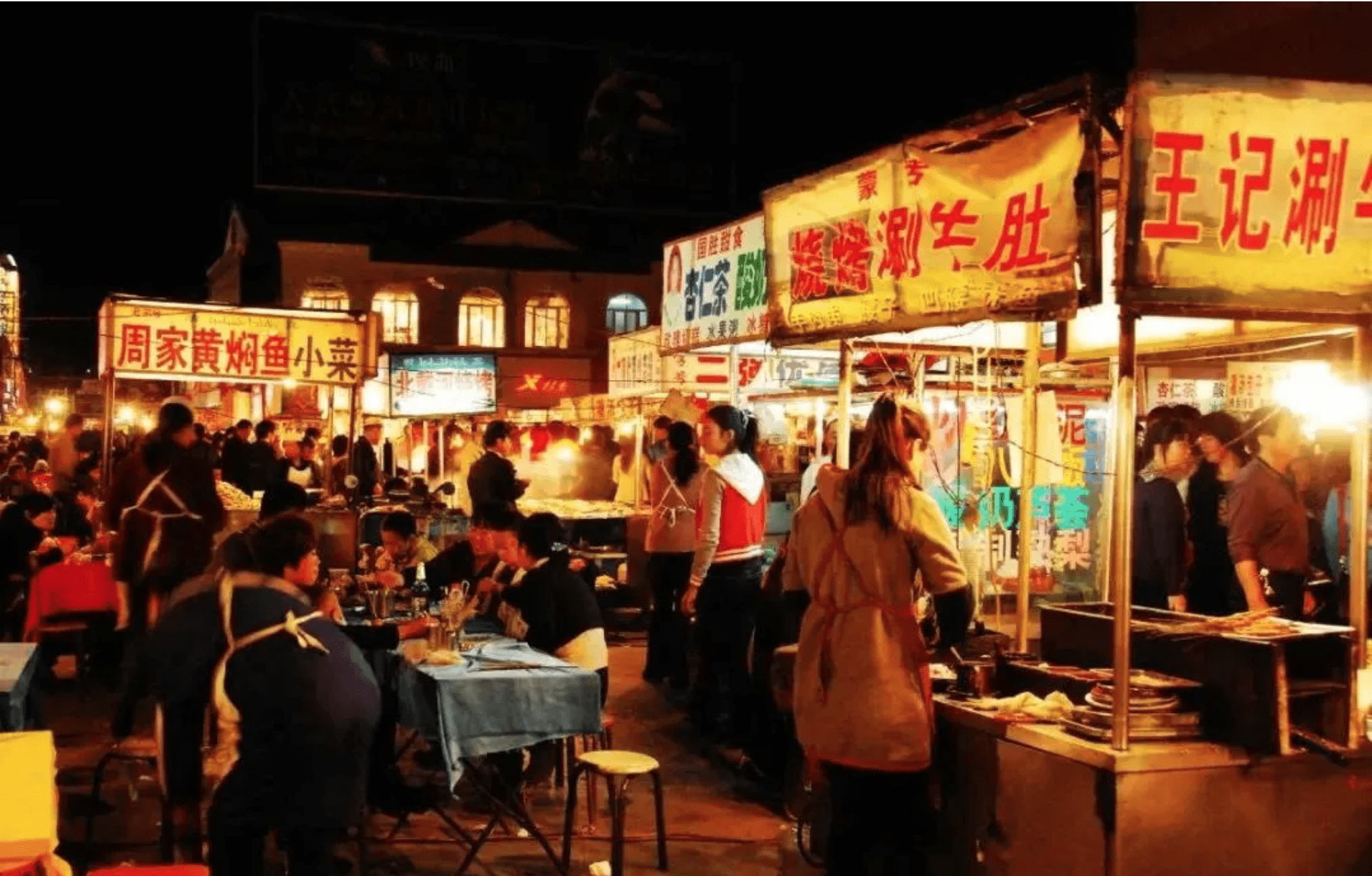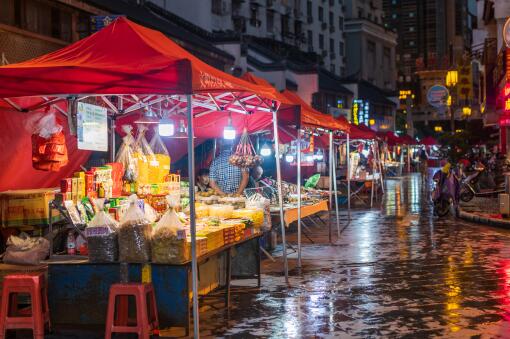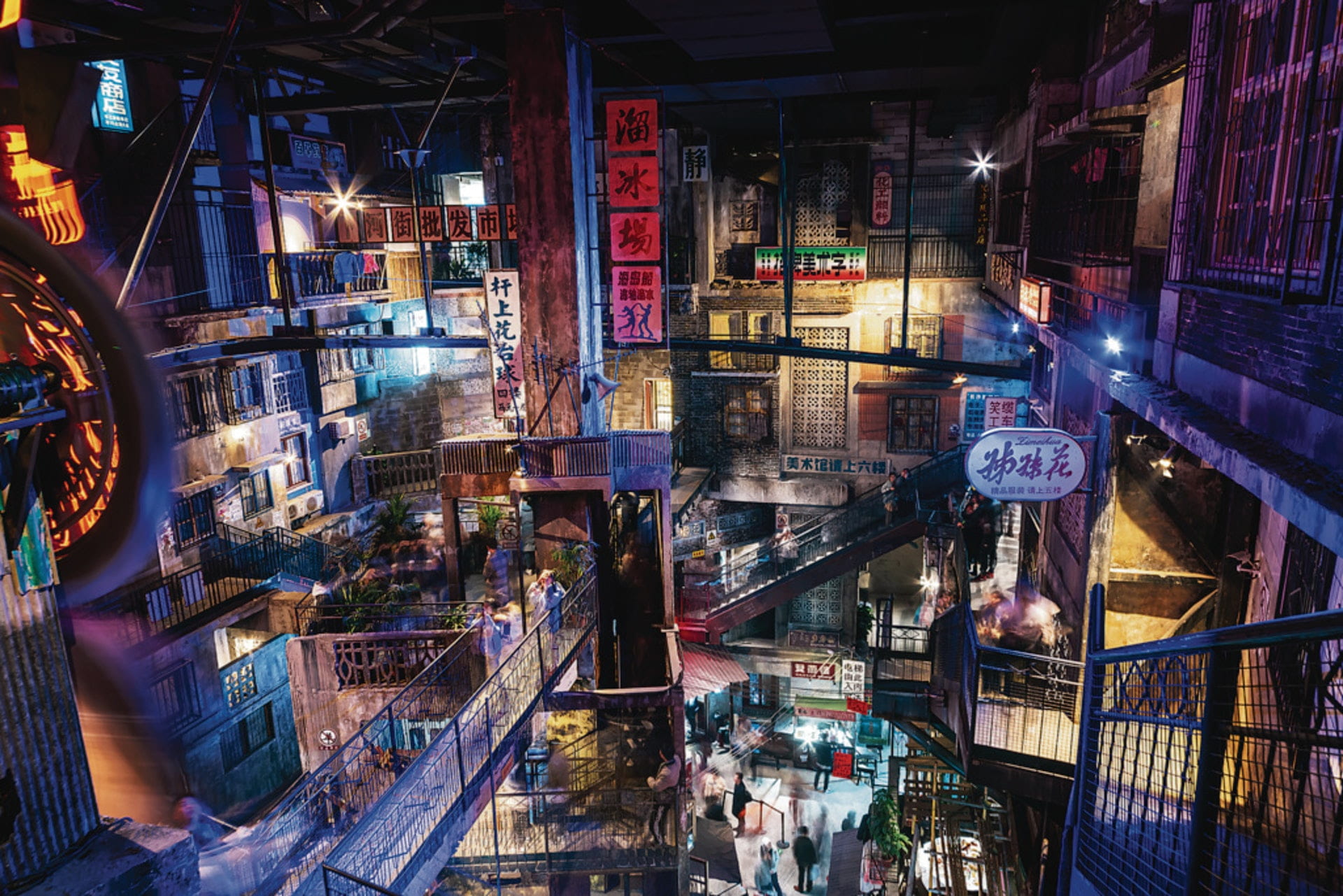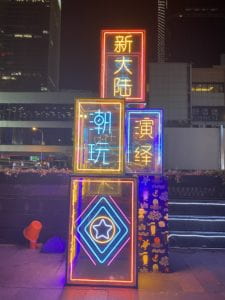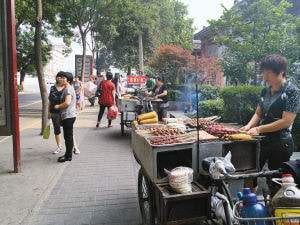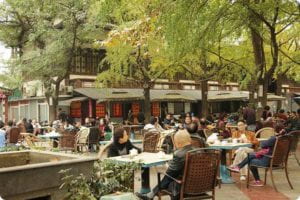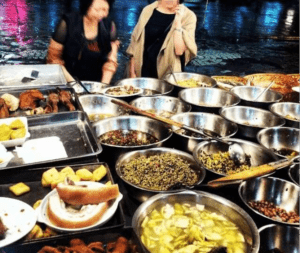Robert Neuwirth’s Ted presentation on “The hidden world of shadow cities” reminds me of an interesting documentary film made by CAMP – Al Jaar Qabla Al Daar (Your Neighbour before the House). It is a series of video probes into the landscape of East Jerusalem. The video for this documentary was filmed by eight Palestinian families living in various neighborhoods in the city of Jerusalem, a place where the usual sense of “neighborhood” is broken by occupation and conflict. It was filmed over a month in September 2009, with a PTZ CCTV camera that the residents installed on or close to their own homes. The voice-over is that of people speaking over the video live as they watched and controlled the camera from inside their homes. Sometimes the voice looks for an image, at other times image provokes voice, or they separate into distant landscapes and innermost thoughts. The footage, previously seen as a video installation, was edited into a feature-length documentary in 2011.
These images show that before and after instrumental surveillance, there is inquisitiveness, jest, memory, desire and doubt that pervades the project of watching, surveillance, and the neighborhood of “informality”. When the Israeli government demolished the Moroccan Quarter in 1967, it was the fifth and smallest of old Jerusalem’s neighborhoods. Private property was converted into public space: the former Moroccan Quarter is now a large open plaza leading up to the Western Wall, in use as an open-air synagogue. In these specific times and places, camera movements and live commentary become ways in which Palestinian residents evaluate what can be seen, and speak about the nature of their distance from others. Through the camera they observe nearby archeological digs, their homes, and the wall.
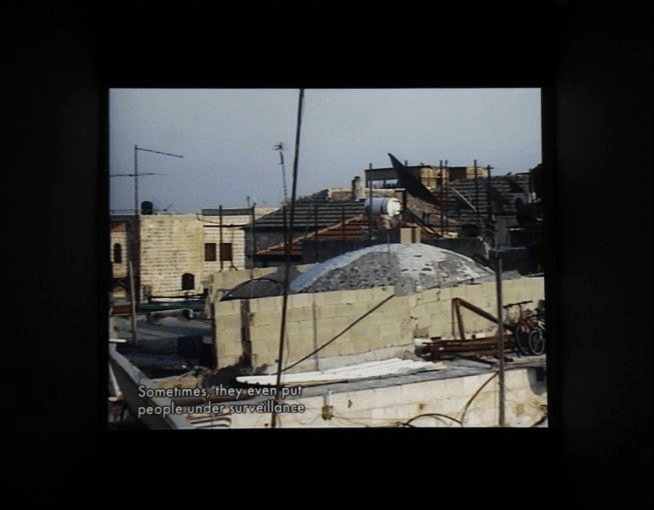
At first glance, the idea of a neighborhood appears as the most obvious contradiction to the series of displacements, deferrals, and distortions existing on the surface of this highly volatile, contested and segmented city. The neighborhood is that part of the otherwise anonymous cityscape, where one is recognized, or where the subject is hailed. Neighbors can encounter each other without technical mediation; they meet and greet face to face, everything is within walking distance. Such a more or less homogenous local environment is ruled by specific circumstances that are characterized precisely by the fact that they are not globally valid, that are not exchangeable or even communicable. It is grounded in the production of a self that claims the right to the given territory: to be exactly and exclusively here, often as a result of ownership or property.
However, what we can see in the video project is a neighborhood in a state of permanent crisis. Spatial proximity does not produce any sense of community, but does the opposite. The neighborhood is scattered and inaccessible. What was private space becomes public; what was private life becomes political. Al Jaar Qabla Al Daar sets out to reverse engineer the neighborhood as a machine for self-monitoring and surveillance. Here the neighborhood can only be encountered through a technological device that produces closeness and remoteness, which would otherwise remain entirely abstract. The constant zooming in and zooming out of the camera constitutes a rather peculiar artificiality of the picture. This is a regime of visibility that promises to provide access to what would otherwise, and in the true sense of the word, be inaccessible, since one would not be allowed to go there, or know how to understand what is going on. The results are profane and deconsecrated icons that map lost properties as robbed and removed social relationships. It is noteworthy to think about the politics of informality and the ideology of space regarding this film.
To watch the documentary: https://m.youtube.com/watch?v=kg64jiH2QkE
